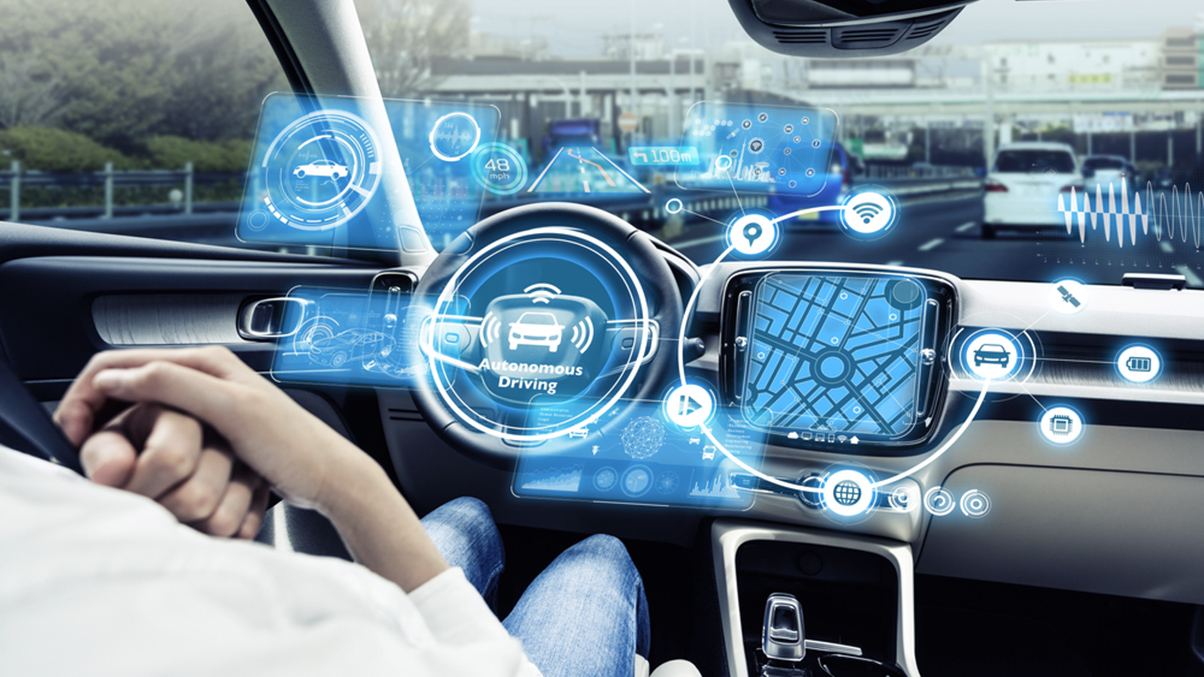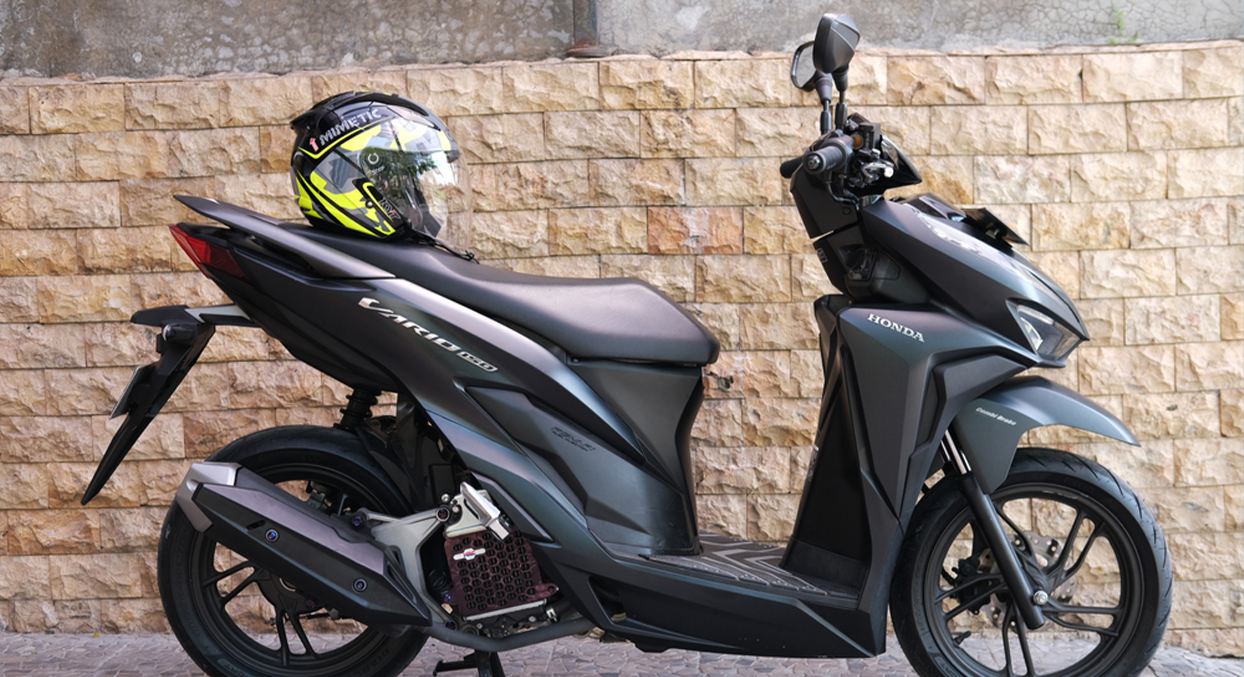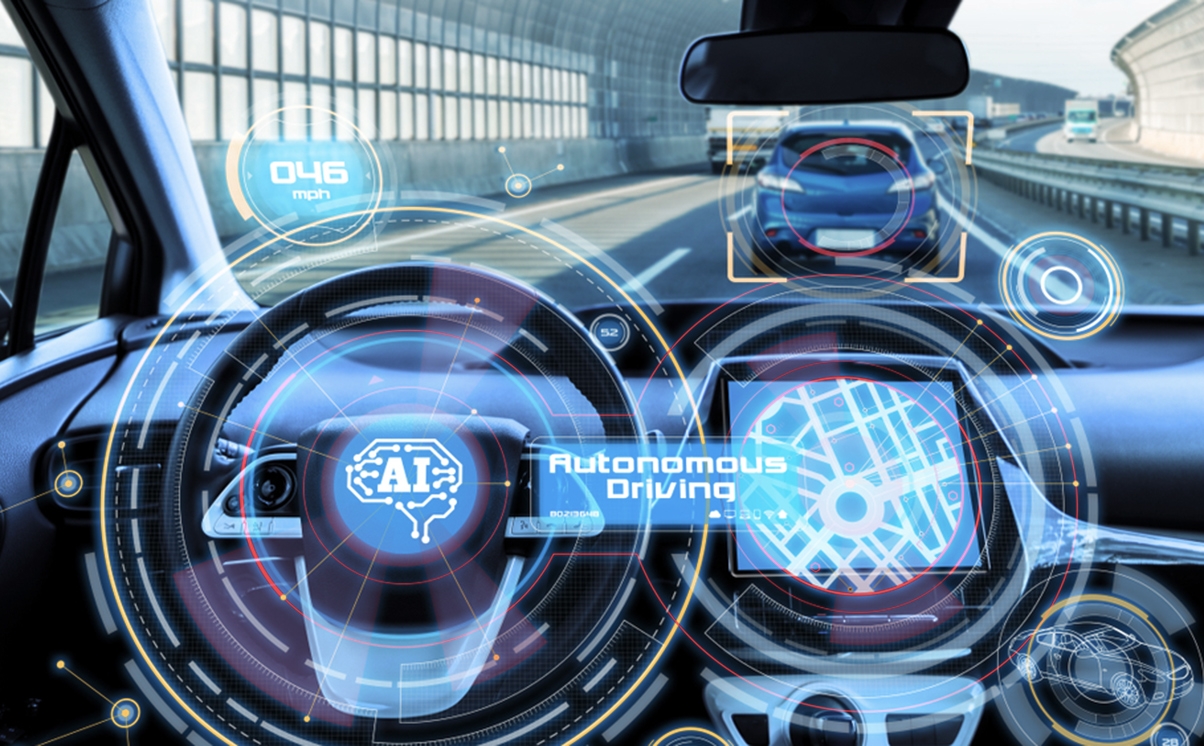In February this year, the Law Commission released its advice to the UK government in relation to remote driving, building on their earlier communications around the introduction of automated vehicles. Despite the crossover between ‘automated’ driving and vehicles, and ‘remote’ driving, each comes with its own challenges to the legal and regulatory landscape.
In this article, originally published in the May 2023 edition of PI Focus, Lucie Clinch considers the advice of the Law Commission on remote driving, focussing on potential liability issues in personal injury claims.
What is remote driving?
Remote driving is controlling a vehicle without being in it, and sometimes not even within sight of it, enabled by wireless connection. Remote driving is already taking place in the form of parking a vehicle without being in it, and where a centre of human ‘drivers’ controls the vehicle or vehicles from distance.
This contrasts with automated driving, where the vehicle is capable of movement with no direct human input.
The benefits of remote driving
Remote driving is already legal and taking place in off-road environments where there is no public access and it is advantageous to have the driver at a different location – examples include farms, ports and warehouses. On public roads, remote driving is currently limited to low speed, short range journeys with abnormal loads; or remote control parking as above.
The Law Commission highlights that there is commercial interest in using a remote driver for delivering hire vehicles, which might increase car sharing over ownership and save renters travelling to and from hire offices.
Key safety concerns
The advice of the Law Commission understandably focusses on the challenge of remote driving from beyond line-of-sight on public roads, noting the top safety challenges as:
- Connectivity – the reliability of a connection between remote driver and vehicle needs to be ensured, together with mitigation if connection is lost.
- Human factors – how human drivers can maintain situational awareness and remain alert.
- Cybersecurity – how to minimise the risk of unauthorised takeover.
The legal landscape
As the Commission states, remote driving is a legal ‘grey area’ because it is not expressly allowed or prohibited by current legislation, but this uncertainty makes “it harder to put safeguards in place to ensure any remote driving is conducted safely. Conversely, [uncertainty] can hinder innovation and worthwhile projects which could benefit society.” The Commission admits that it sets out the main safety concerns on the basis that it does not “yet know if the challenges can be overcome”.
Defining a remote driver is also difficult in the context of current legislation, similar to the difficulties in terminology we have seen in the automated vehicle sphere. Some automated driving systems may rely on a remote ‘assistant’ who is not a driver, which might identity a path around roadworks. Where a vehicle is unable to identify an object in its path it may stop and ask a human what to do next. The human may then identify the object as a paper bag and tell the vehicle to proceed.
The Law Commission suggests a remote assistant is not a ‘driver’ if they only provide advice or information. It is not however easy to draw a distinction between driving and assistance in all scenarios. It would be unfair to place blame on a remote driver where there is an incident involving the vehicle and they have little or no control over connectivity of the vehicle, or the incident results from sensor failures or issues in workstation design.
The Commission recommends that any victim of a collision should receive compensation whether or not the vehicle was being ‘driven’ or ‘advised’ at the relevant time, avoiding this grey area of complication. In addition, they say that an organisation using both remote assistants and remote drivers should be subject to the same regulatory scheme.
The current law has no requirement for a driver to be in the vehicle. Remote driving does however cause clear friction with the Road Vehicles (Construction and Use) Regulations 1986 (RV Regs), which require the vehicle’s driver to “have proper control” and a “full view of the traffic ahead” (Reg 104), and a requirement that a person cannot leave a vehicle on a road unattended unless the engine is stopped and the parking brake set (Reg 107).
There is little in the current law to ensure safety of remote driving, or accountability of ‘drivers’ in a remote setting. Further primary legislation is clearly needed, but the Law Commission proposes secondary legislation as a short term solution. This would enable the government to change the law by providing exemptions from the RV Regs, enabling an operator or owner of a remote vehicle to apply for a Vehicle Special Order (VSO) in order to use a remote vehicle.
Civil liability
Issues around compensation unsurprisingly drew a “considerable response” from claimant representatives. Remote driving is complicated by the fact that a number of parties could be responsible for an error in case of a collision. The individual victim would face heavy expense, delay and difficulties finding out what or who was involved in any vehicle failure and then proving any fault. It remains difficult to see how the victim would be able to establish who was driving at a given time.
Autonomous vehicles are covered by the Automated and Electric Vehicles Act 2018 (AEVA), which provides for compensation to the victim where an accident is “caused by an automated vehicle driving itself”. I have written previously about the difficulties with this, and how a victim might struggle to prove ‘who’ or ‘what’ was driving the vehicle at the material time, but in essence the intention is for a direct right of action against insurers when a person is injured by an automated vehicle driving itself.
As for remote driving, the Commission recommends manufacturers hold ‘no fault’ insurance and consider that a similar provision as in Part 1 of the AEVA should apply to remote driving. This is a sensible recommendation, particularly as remote driving is still in its very early stages. Further considerations need to be ironed out regarding data sharing between relevant parties.
Respondents to the paper raised concern over proving fault due to connectivity failures, including between co-defendants, as well as difficult of detecting latent connectivity defects. How would a victim prove a vehicle had lost connection at the key time? Issues of product liability and costly disputes for claimants where product liability could be an issue have been raised in consideration of remote driving as with automated driving. The Commission acknowledges general reform to product liability law is unlikely to happen soon and would not necessarily allow victims to obtain compensation quickly and simply, in any event.
Helpfully, the Commission confirmed that a victim’s compensation should not depend on proving whether an automated driving system or remote human driver was in charge of the vehicle at a given time. The Commission received a lot of support for the AEVA approach, to provide victims with a simpler and easier route to compensation. The Commission also confirmed that a person injured by remote driving should not be required to prove fault to obtain compensation and agreed that a victim should have recourse similar to the AEVA. Contributory negligence will still apply, as with the AEVA, but it is anticipated that once agreeing an injured party’s claim, an insurer may make a claim from any other party liable for the accident.
A designated regulator will set standards for data retention around remote driving, which is recommended to be at least 39 months as proposed with automated vehicles.
Remote control from abroad
I have previously written about potential issues with automated vehicles travelling from overseas to the UK, and vice versa. The Commission is clear that at present, any remote driving operation cannot be maintained from outside the UK, where the vehicles are in the UK.
The Commission points out the difficulties in ensuring accountability with foreign jurisdictions. Their advice uses the example of identifying and breathalysing a drunk remote driver, who is operating a vehicle from abroad. The driver would need to be identified, then to be extradited for prosecution. Co-operation of authorities from both countries would be required and there would be a real risk of injustice to victims on British roads where the remote driving operation is being carried out abroad.
In the short term, the commission says that there should not be any remote driving from outside the jurisdiction, in the absence of any agreement between nations. Whilst this makes sense in the short term, it is a good example of one of the many issues which bring into focus how much work there is to do on expanding remote driving and ultimately, making it widespread and accessible for all. The onus is now on the government to act upon the Commission’s advice.
You can find further information regarding our expertise, experience and team on our Personal Injury page.
If you require assistance from our team, please contact us.
Subscribe – In order to receive our news straight to your inbox, subscribe here. Our newsletters are sent no more than once a month.





